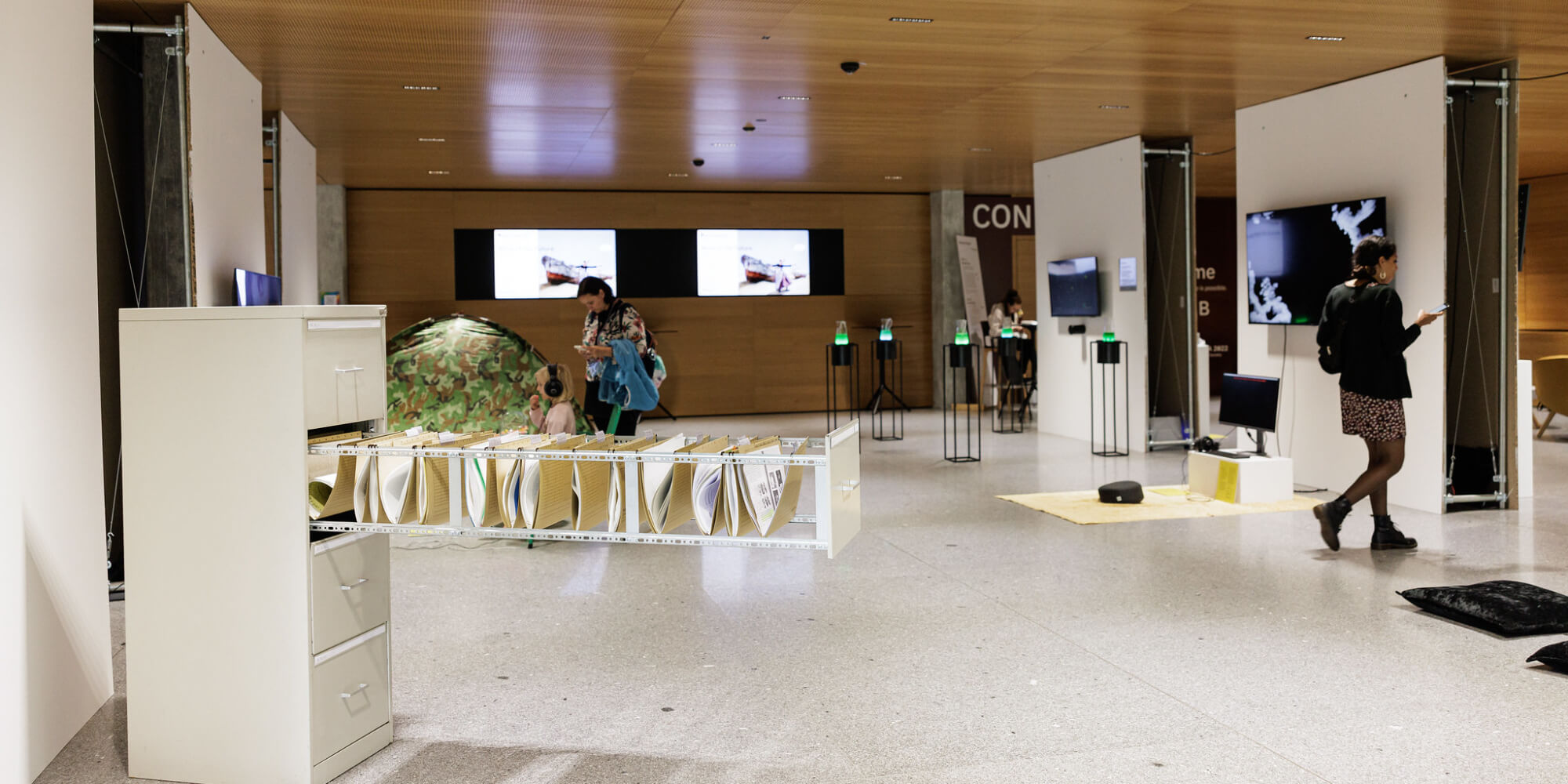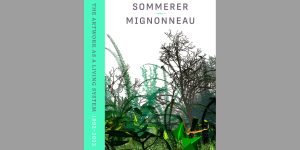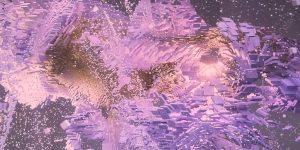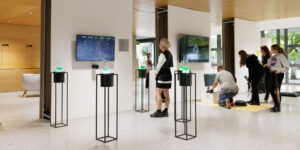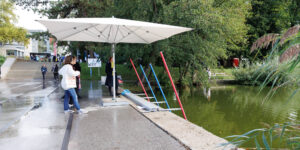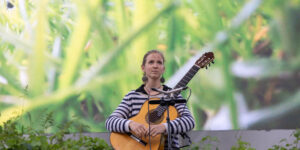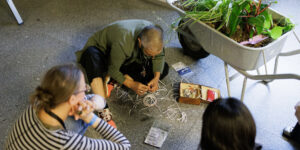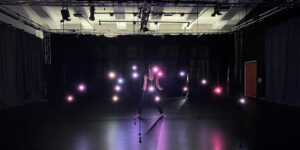Crossing the Bridge – Interface Cultures at Ars Electronica 2022
Just as neighboring nations can develop separate cultures — in part due to forces of nature that separate them such as rivers and mountains — so art and science often present themselves as if divided into two different cultures and languages. Paradoxically, the construction of bridges, as well as other vehicles intended to facilitate communication between different cultures, were projects originally assigned to artist-scientists. But just as bridges can be built, so can they be destroyed. And indeed, up to this day it seems that there are still too many bridges to be built, as well as others more fragile that need to be reinforced.
The linguistic divide between the arts and sciences began at the end of the Enlightenment era, in the late 19th century. It was at this point that the term “science” began to be used in its narrowest sense, referring only to the “physical” or “natural” sciences. The Romantic movement of the time and its aesthetic perspective served as a counterpoint to utilitarianism and instrumental rationality through which the ideas of the Enlightenment gained theoretical legitimacy and influenced the modern industrial age. In fact, the paradigm of the arts and sciences divide has accompanied us until today, with the greatest danger of these disciplines undoubtedly lying in their differing modes of articulation.
Within artistic practices, for example, many of its most influential philosophers and theorists have made use of scientific language and terminology, often interpreting data and playing with language in ways that have only succeeded in alienating the scientific community. Thus, many contemporary works of art take on the air of something independent and esoteric. John Dewey, in his book *Art as Experience*, asserts that when the aesthetic contrasts so strongly with our common experience, it is normal that we are barely able to recognize it, making it easier for us to place it in a world apart. The reasons for this are not inherent to the subject of art and aesthetics, but to political and economic conditions. Thus, in order to strengthen our understanding of art, it would be necessary to rediscover and emphasize the extent to which aesthetic experience is consistent with the normal processes of life. Perhaps this is where our artists, through their practice, making use of new technologies as well as engaging in the critical analysis of their social and cultural impact on our environment, contribute to reinforce such bridges. These artists, in constant dialogue with others, occupy a privileged position, by nurturing and contributing to heightened communication between different disciplines, and by fostering their dissemination and social and cultural understanding.
Much of this work is carried out within universities. The academic world allows its artists to encounter a multitude of disciplines. To communicate effectively in these contexts, artists must learn the specific protocols and languages of these disciplines. The challenge, as Victoria Vesna states, is to do so without losing the intuitive and “wild” element inherent in artistic practices. This way, many contemporary artists have left aside the traditional processes of artistic production and distribution linked to conventional art markets, to make art based on the creation of their own aesthetic systems: organizing resources, media, fostering collaboration — both interdisciplinary and even interspecies, allowing all their participants to experience art in a new, questioning, responsible, sustainable, amplified and empowering way. For this reason, this year the Interface Cultures Department leaves its own comfort zone of the University of Art and Design Linz, and conceptually and physically crosses the bridge, bringing along a selection of its latest student projects right to the center of the JKU Campus. And what better occasion for this than the celebration of the 43rd edition of the international Ars Electronica Festival in Linz, a festival with a long tradition of crossing disciplines by constantly exploring the impact of art and technology on daily life and society? We strongly believe that by engaging, discussing and communicating with international festival visitors, new unexpected paths can be taken and new bridges and connections built.
Credits
Interface Cultures Faculty:
Christa Sommerer, Laurent Mignonneau, Manuela Naveau, Fabricio Lamoncha, Michaela Ortner
Production / Design Team:
Kevin Blackistone, Sara Koniarek, Juan Pablo Linares, Indiara Di Benedetto, Dogus Karlik
Faculty credits:
Christa Sommerer, Laurent Mignonneau, Manuela Naveau, Gertrude Hörlesberger, Fabricio Lamoncha, Michaela Ortner
